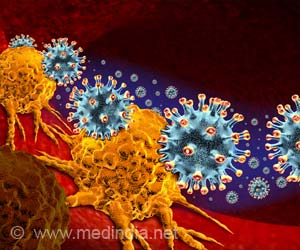Distant estrogen response elements (DEREs) can act independently of oncogenes to spur tumor development, report researchers.

Copy numbers
Where DEREs are multiplied or present in abnormal numbers, this contributes to tumor development, especially in estrogen receptor-positive breast cancers, said study senior author Tim Hui-Ming Huang, Ph.D., deputy director of the CTRC.
Decreasing the number of DERE copies could have therapeutic potential to treat women with this aggressive form of cancer, Dr. Huang said.
DEREs at 2 sites
The researchers analyzed two DERE clusters on human chromosomes 17 and 23. They found that the DEREs induce pro-growth factors and inhibit growth-suppressing genes. "It is worthwhile to note that DERE-DERE interactions, instead of DERE interactions with genes, may also contribute to tumor development," Dr. Hsu said.
Advertisement
Potential biomarkers
Advertisement
Several units of the UT Health Science Center joined in the work, including the Greehey Children's Cancer Research Institute, the Institute of Biotechnology, and the Department of Molecular Medicine and Department of Epidemiology and Biostatistics in the School of Medicine.
Source-Eurekalert















